Radio, ghazals, and “Islami gaan”: What Nazrul’s shift to music said about his syncretism
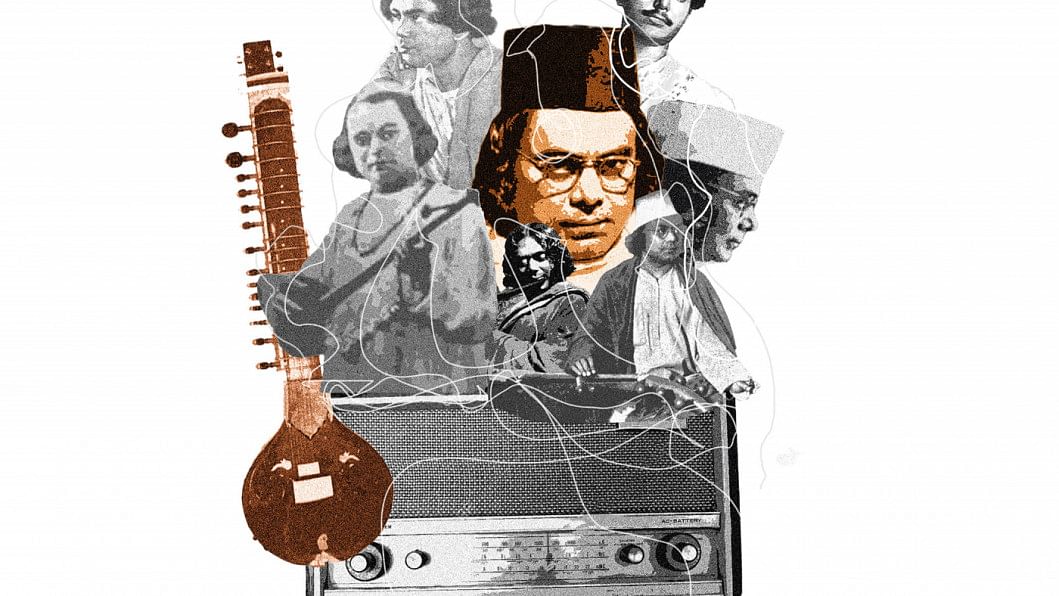
A turbulent political time had emerged by the middle of the 1920s within the Indian national movement and in Bengal. Poet, writer, and musician Kazi Nazrul Islam was pained at the time by the widening rift between Hindus and Muslims. In August, he had raised the communal question in a letter to the editor sent to the conservative Atmashakti, which had criticised Muzaffar Ahmed's group, Ganabani, for spreading Marxist ideas amongst the rural peasantry. Nazrul responded by saying that only Marxist politics and not identitarian/communal politics could bring about change to the miserable condition of the working classes. Though he lived in Krishnanagar at the time, Nazrul decided to contest an election in Dhaka for one of two Muslim seats in the Central Legislative Assembly against an influential Muslim zamindar. Nazrul lost not just the seat, but also his security deposit.
This period thus marked a turn away from the world of journalism and active legislative/electoral politics for Nazrul. He embraced a more lucrative profession—music.
Borne on the air waves
Nazrul himself had been ignored by the British-owned Gramophone Company until late 1928, when his immense popularity made them pay his arrears, as other recording artists like Dilip Kumar Roy and Nalini Kanta Sarkar had already been covering his songs. Being signed by the recording company meant a new world for Nazrul, whose days of poverty and struggle were finally over. He moved to Kolkata and devoted his time and energies to these new intermedial forms—radio, gramophone records, and cinema—a world Bengali Muslims were just beginning to break into with a great deal of difficulty.
Having initially joined the Gramophone Company (HMV) in 1929, Nazrul eventually started to freelance and composed and arranged music for other private companies such as Hindustan Records, Megaphone, Senolo, Pioneer, and others. In this capacity, he trained and composed for singers such as SD Burman, Suprobha Ghosh, Shaila Devi, Neelima Banerjee, Indubala, Angurbala, Harimati, K. Mullick, Dhiren Das, Girin Chakrabarti, Abbasuddin Ahmed, and Maude Costello. The new technologies themselves led to interesting innovations in both Nazrul's poetic/compositional career and to Hindustani classical music. Kamal Dasgupta recollected two unique programmes on the radio that Nazrul had organised, the papers of which are now lost. One was on the idea of the wireless itself, for which Nazrul wrote a song that punned on the word vina/ vīṇā —"Tomār vina tārer gīti bājuk āmār vīṇār tāre" ("May wireless song resound on the strings of my vina") and another song, "Akāśe āj chaḍiye dilām priya āmār kathār phul go, āmār gāner māla go kuḍiye niyo tumi" ("I spread the flowers of my words in the sky, gather the garlands of my songs"). Both songs, Dasgupta averred, would have no literal meaning but would only make sense if the listener figured out that the wordplay referred to a new mode of communication enabled by wireless technology.

The Gramophone Company was making significant profits in the 1930s from Hindustani classical music, including lighter 20th century adaptations of classical forms. This music symbolised a cultural space for Hindu-Muslim friendship and allegiance to which larger political worlds were not witness. As the music critic Dhurjatiprasad Mukhopadhyay would write in The Calcutta Review in 1934:
It is a real pleasure to report that the taste for classical music is spreading among our people. As yet, the circle is select, but it is there, and it is growing. Prophesying is a risky venture, but one could detect symptoms of increasing interest in high-class music. Nearly twice a week the Indian State Broadcasting Company manages to insinuate `classical items' into its programme. The Gramophone Companies are bringing out records in which virtuosity plays no insignificant part. These records are selling better than was expected. Young artists are singing Kheyal, young men and women are eager for ustads; and in the idea that such are not available in Bengal,-they knock at the gates of the Marris College of Hindusthani Music at Lucknow. The Hindusthani style, or the Mabomedan style, the name should not count, is just now very popular. To one interested in the study of social movements, these facts are important; to the nationalist who values his country's culture, these are happy auguries, and to the critical mind they are as starting points for the process of evaluation. In any case, the movement is interesting and deserves scrutiny, and after scrutiny, encouragement.
Music as a mode of syncretism
Dhurjatiprasad Mukhopadhyay's article highlights an interesting social space that classical and semi-classical music created in the 1930s, a form of ideal Hindu-Muslim community that the political and even literary worlds did not witness. Nazrul's move to music was also a good commercial decision. Of the many songs Nazrul had been composing in the 1930s, the most lucrative was the Bengali "Islāmī gaan", a genre he would develop after his new professional relationships with the classical singer, thumri specialist Ustad Jamiruddin Khan and the folk singer Abbasuddin. In Abbasuddin's memoirs, the genesis of Nazrul's "islāmī" compositions could be found in the seed of his own idea that the qawwali form, so popular in Urdu, could be adapted to Bangla. Abbasuddin would offer this idea to the then rehearsal officer-in-charge at the Gramophone Company, Bhagavati Bhattacharya, who shot down the idea immediately: "No, no such songs will not be received. This will not happen." Abbasuddin then asked "Kazida" to consider the idea, who composed the song "O Heart at the end of the fast on Ramzan comes the moon of happiness."
Bhagavati-babu would come around, and they would release songs that became immensely popular. Bengali Muslims would eventually write to Abbasuddin to lower the price of the records, a proposition that Nazrul would reject, as that would mean that Abbasuddin would lose royalties if he recorded on twin record. But Abbasuddin was happy with losing the money if it meant that he would have a working-class audience. Moreover, the demand for Islāmī gaan was unprecedented and Hindu singers would soon start singing these songs too. In the absence of more Muslim singers, Abbasuddin writes, "Dhiren Das became Gani Miyan, Chitta Ray became Dilawar Hussain, Ascharyamayi and Harimati became Sakina Begum and Amina Begum and Girin Chakrabarti became Sona Miyan."
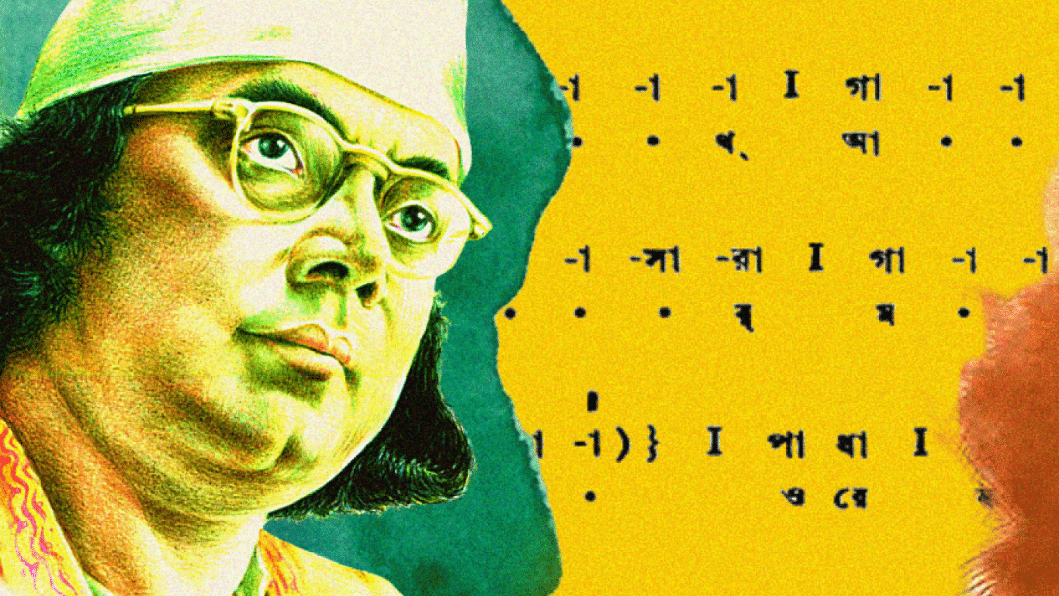
Nazrul's past political associations would come back in the years of his commercial artistic production. In 1935, for example, he would compose the music for his friend Shailajananda Mukherjee's musical film, Pātālpurī (City of Hell), based on the coal mines of his birth-district, the Rarh region. Here, he would introduce a further musical improvisation and use the tribal folk music or jhumur gān of the Santhals. A prolific music-composer for films in the late 1930s, he would compose songs using the melodies and genres of dhrupad, kheyāl, tappā, thumri, ghazal, bhajan, bāul, bhāntiyali, jhumur, and qawwali.
Bangla Ghazal: a love affair and a revolution
A number of critics have opined that Nazrul's greatest poetic and musical gift to Bangla music was the form of the ghazal that he took from a different tradition and translated into a completely different part of the world, to a different language. While Atulprasad Sen was the first composer of ghazal in the Bangla language, for Nazrul the genre perhaps meant something personally and politically. It leads one to ask what the form of the ghazal would mean for an act of cultural translation in the late 1930s. A common trope in Nazrul's ghazals, right from his earliest translations and compositions, was the idea of loss and exile, of viccheda (separation) that would gather urgency in the 1930s when the idea of Hindu-Muslim unity became ever more distant.
Nazrul had been attracted to this genre since 1917, during his army days in Karachi, where he had been taking Persian lessons from an unnamed Punjabi maulvi. This early philological interest was a lifelong literary preoccupation, and he translated extensively from the Persian ghazals of Rumi, Hafez, and Omar Khayyam. He also eventually started a translation of the genre, writing original ghazals in Bangla.
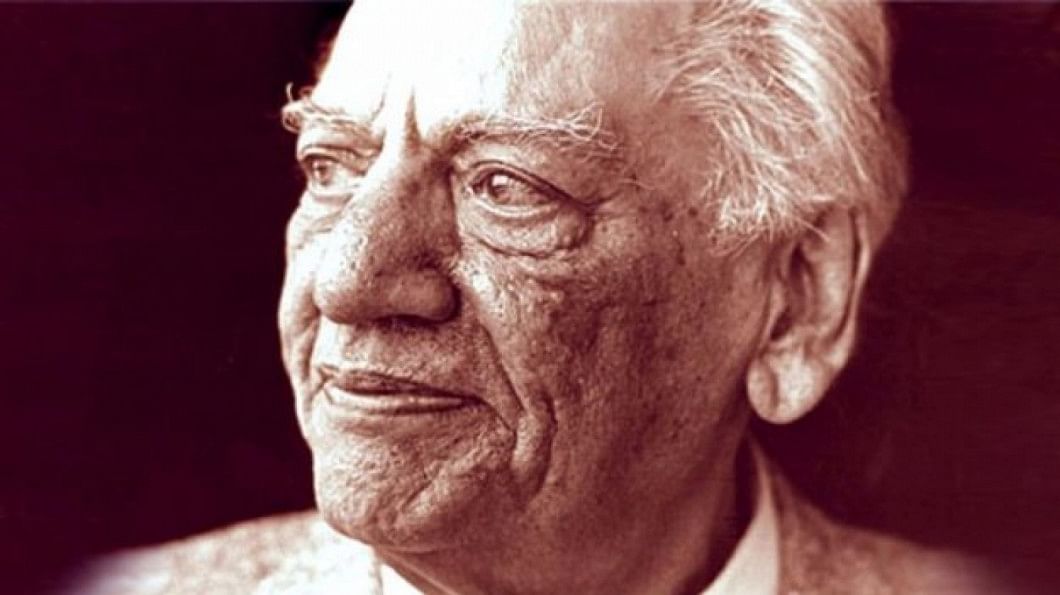
By the late 1920s, when his son Bulbul died, he had finished translating Hafez. In his introduction to the translations of Hafez, he mentioned that as he bid goodbye to the mortal body of his son, he welcomed that heavenly friend Hafez with tears in his eyes. In Nazrul's gloss of the great Iranian tradition of Sufi poetry, the sharaab-saki referred to more than the avid drinker of alcohol—for him, the orthodoxy who mistakenly believed that Persian poetry was a poetry of gluttony and excess, did not understand that it was the poetry of a true seeker of God. The ghazal was the supreme achievement of a heterodox tradition that believed in individual freedom to seek an Allah of one's choice, whose divine, miraculous manifestation on earth (and he interestingly uses the Bhakti term līlā) is intoxicating. This is sharaab (wine). Nazrul also explains that the ghazal as spiritual music was recognised even by Hindus, including the leaders of the Brahmo Samaj, such as Keshubchandra Sen and Debendranath Tagore, and was sung in the 19th century in their prayer rooms.
Nazrul, suffering from a motor degenerative disease, lost his voice and cognitive capacities in 1942. Though he lived through the Partition of 1947 and the establishment of Bangladesh in 1971, he would not write or sing again. With his literal silencing, a generation of Bengali Muslim and Hindu voices also passed into the realms of oblivion.
Ghazal, in that sense, was a historically important form for Bengal at that moment. Elsewhere in the subcontinent, the master of the 20th century ghazal Faiz Ahmed Faiz, also Marxist in orientation, had adapted the ghazal in Urdu. For Faiz, the great translator of the Persian genre was the lonely Mirza Ghalib, writing in 1857 in the court of the last Mughal Emperor Bahadur Shah Zafar, aware that an old world was passing —"The Mughal Princes gather in the Red Fort and recite their ghazals…this court will not last many days more. How can it be permanent? Who knows if they will meet tomorrow, and if they do will they meet after that? The assembly may vanish any moment."
The adoption of the ghazal by Nazrul, with renewed fervour in the late '20s and '30s, signaled an understanding that his earlier literary and linguistic world was an impermanent one, as was a politics in which the unity of Hindus and Muslims was achieved through an appeal to a shared culture and language. The ghazal, then, became a way of translating the political reality of separatism and of the rift between two communities into a lament, an elegiac language of loss and the desire for a world and a vision that was disappearing, never to return
Ahona Panda is Visiting Assistant Professor of History at Claremont McKenna College, California.
For more book-related news and views, follow Daily Star Books on Facebook, Instagram, Twitter, and LinkedIn.

 For all latest news, follow The Daily Star's Google News channel.
For all latest news, follow The Daily Star's Google News channel. 

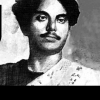
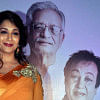

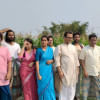


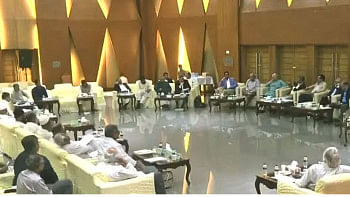
Comments